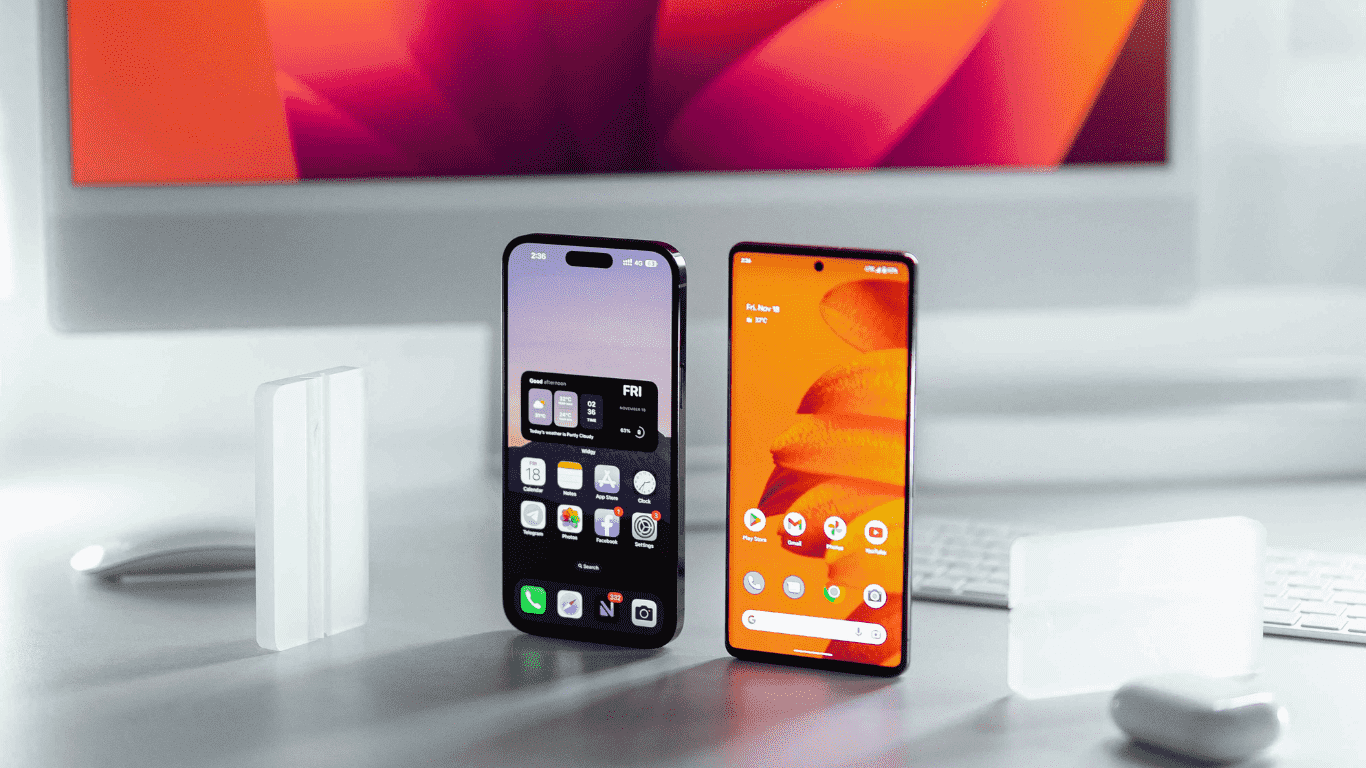The iPhone SE series is Apple’s line of budget-friendly smartphones that combine modern hardware with classic design elements. This series has gained popularity for offering a balance between performance and price, catering to users who prefer smaller devices without sacrificing essential features.
iPhone SE (1st Generation)
Released in March 2016, the first-generation iPhone SE was designed to appeal to fans of the iPhone 5 and 5s. It featured the same compact 4-inch display and physical dimensions but was packed with the powerful A9 chip, the same processor found in the iPhone 6s and 6s Plus. This made the iPhone SE significantly faster and more capable than its predecessors, despite its smaller size. It also included a 12-megapixel rear camera, which was a major upgrade from the 8-megapixel camera on the iPhone 5s, supporting features like Live Photos and 4K video recording.
iPhone SE (2nd Generation)
The second-generation iPhone SE, often referred to as the iPhone SE 2020, was unveiled in April 2020. This model retained the name and the ethos of its predecessor, but with significant upgrades. It adopted the design of the iPhone 8, featuring a 4.7-inch Retina HD display and a Home button with Touch ID. Under the hood, it was equipped with the A13 Bionic chip, the same processor used in the iPhone 11 series. This ensured top-tier performance and longevity in terms of software updates.
The 2020 iPhone SE also brought improvements in photography. It featured a single 12-megapixel rear camera with an f/1.8 aperture, capable of Portrait mode, Smart HDR, and 4K video recording. The front camera was a 7-megapixel sensor, supporting 1080p HD video recording. The phone’s build included an aluminum frame with a glass back, supporting wireless charging, and it was rated IP67 for water and dust resistance.
iPhone SE (3rd Generation)
In March 2022, Apple released the third-generation iPhone SE. This model continued the tradition of combining classic design with modern internals. It maintained the iPhone 8-like design with a 4.7-inch display and a physical Home button with Touch ID. The most notable upgrade was the inclusion of the A15 Bionic chip, the same processor found in the iPhone 13 series. This upgrade brought significant performance boosts and improved power efficiency.
The camera system on the third-generation SE also saw enhancements, although it retained a single 12-megapixel rear camera. The A15 chip enabled advanced computational photography features like Smart HDR 4, Photographic Styles, and Deep Fusion. The front camera remained at 7 megapixels but benefited from the improved image processing of the A15 chip.
Another significant addition to the third-generation iPhone SE was 5G connectivity, making it one of the most affordable 5G phones in Apple’s lineup. This allowed users to take advantage of faster network speeds where available. The battery life was also improved, thanks to the more efficient A15 chip and optimizations in iOS.








Leave A Comment